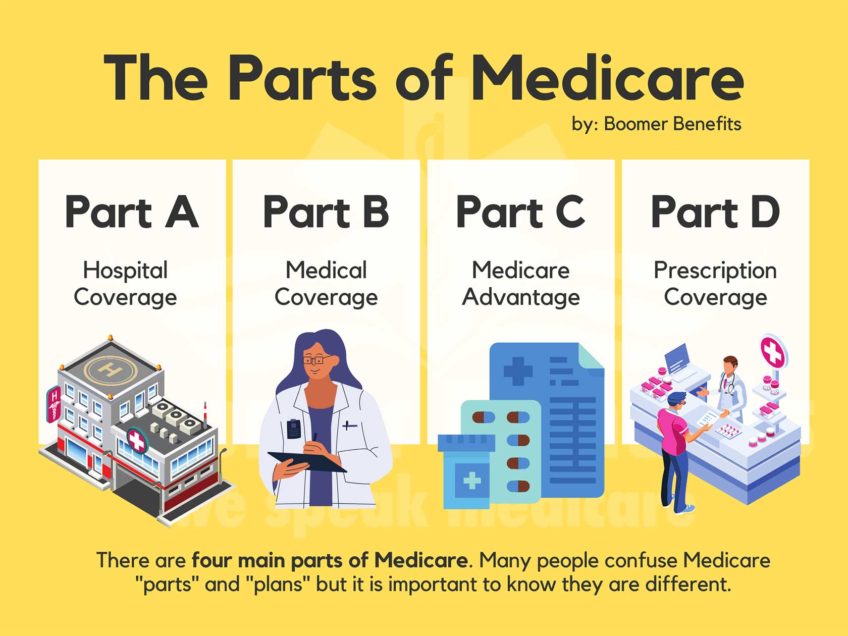The ability of Bostonians to make healthy lifestyle choices has in recent years become partly dependent on where they live, according to the results of research conducted by a local health equity partnership.
With support from the W.K. Kellogg Foundation, the Boston Collaborative for Food and Fitness has spent the last six months interviewing residents in six Boston communities about their access to healthy foods and their amount of physical activity. They are revealing their findings in a series of community meetings.
Among the findings: The number of so-called “food deserts” or areas where healthy foods are harder to find is increasing as are communities that have large numbers of fast food restaurants and convenience stores.
One major barrier is cost. In its 2008 “Status Report on Hunger in Massachusetts,” released in October, the statewide nonprofit organization Project Bread reported that the state saw a 22 percent increase in “food insecurity” or insufficient access to enough food to fully meet a person’s basic needs due to a lack of financial resources, in the last five years.
At last Thursday’s Dorchester community meeting, researchers revealed that while Dorchester includes a higher number of major supermarkets than some other communities, like Mattapan and East Boston, the recent economic downturn has had a major effect on shopping habits. Of the 222 Dorchester residents interviewed in the collaborative’s survey, 55 percent said higher prices for certain foods affect what they purchase, and 21 percent also said they eat less meat as a result of their higher prices.
The survey also showed that Dorchester residents are very open to urban farming. Of the people currently growing their own food, 63 percent of them have gardens in their yards, while 40 percent grow food in community gardens.
Many other residents shop at farmers’ markets and buy locally grown foods, a growing trend in the city that has received support from community health centers and local public health advocates. According to Didi Emmons, owner of Dudley Square’s health conscious Haley House Café, residents who buy locally not only eat better, but also support sustainable agriculture.
“Massachusetts could produce 35 percent of its own food, which could stay in the state, but 25 percent of it is exported to other states,” Emmons said. “The food we eat travels an average 1,700 miles, and the United States imports food from every country on the planet, including those that have high famine rates.”
Bowdoin Community Health Center hosts a farmers’ market every summer, with the hope of bringing fresh, locally grown fruits and vegetables to the community. Customers can use WIC and food stamps at the market.
“People need to be aware of these resources for healthy eating, especially during these economic times,” said Philly Laptiste, community health manager at the Bowdoin center.
In addition, the vacant area at the corner of Bowdoin Street and Geneva Avenue has recently been turned into a space for health center members to exercise.
It seems like many Dorchester residents like to be physically active.According to the survey, 71 percent of respondents like walking and biking in their neighborhood, and walking paths and parks are the most common places where people exercise.
Some respondents cited price and availability as main reasons for other respondents to not use these outdoor resources. Others reported concern about becoming a victim of street violence while being outside.
As the collaborative continues to discuss its findings with the community, some residents remain hopeful that solutions to some of the access problems will be found.
“Dorchester would be a more welcoming place if we didn’t have these flaws,” said 18-year-old Filsjean Chéry.






